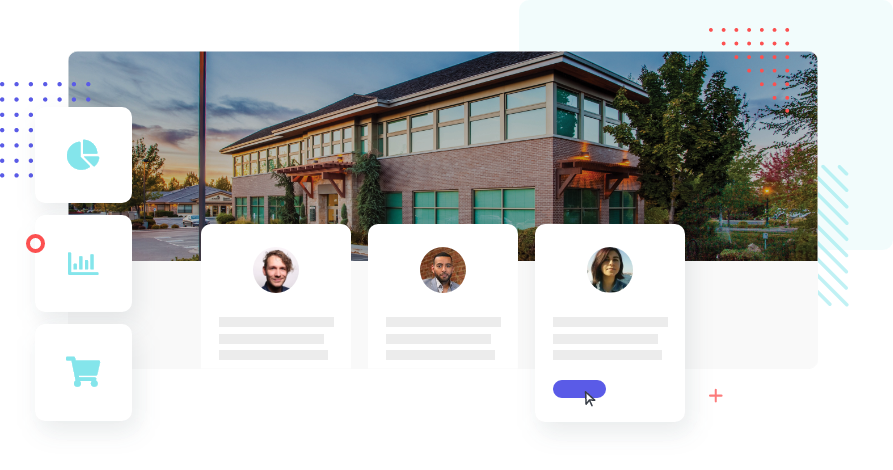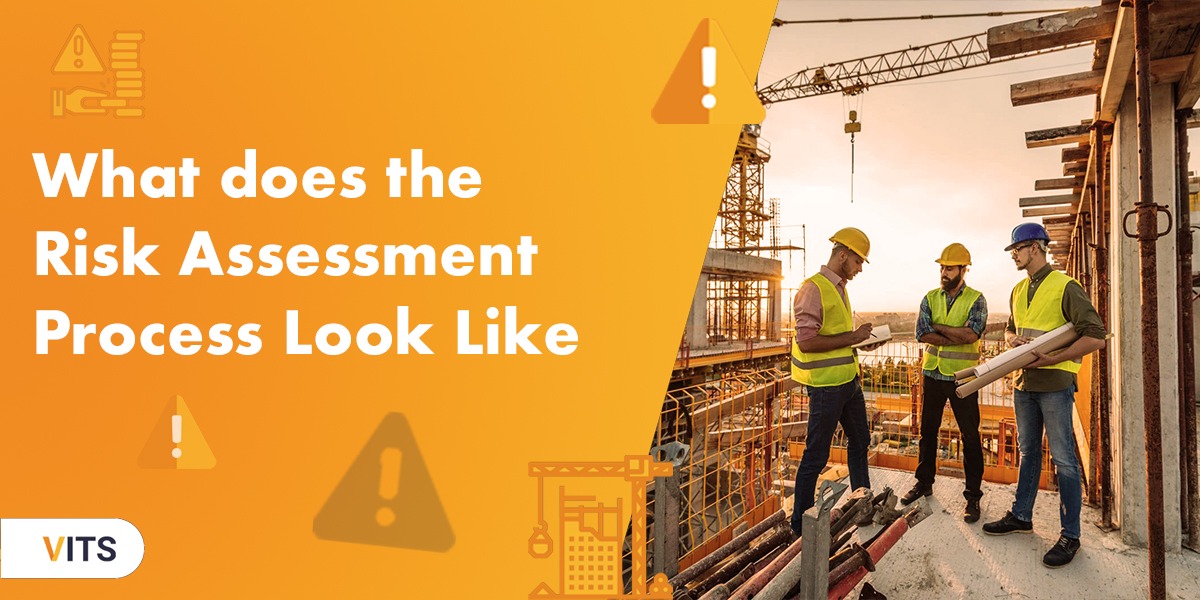In today's rapidly changing environment, it's essential for organizations to be able to respond quickly and effectively to new and evolving risks. Traditional risk assessments are no longer sufficient to address the complex and dynamic nature of many risks that we face today. This is where dynamic risk assessments come in.
Dynamic risk assessments are a proactive approach to risk management that involves continuously evaluating and reassessing potential risks as circumstances change. This approach ensures that effective measures are in place to minimise harm and maximise safety in real time as conditions evolve. By taking a dynamic approach to risk assessment, organisations and individuals can stay ahead of potential problems, make informed decisions, and respond quickly to changes in the environment.
The benefits of a dynamic risk assessment
One of the key benefits of a dynamic risk assessment is that it enables organisations and individuals to anticipate and prevent potential problems before they occur. For example, a construction company might perform a dynamic risk assessment to identify potential hazards related to a construction site before workers start to work. By continuously monitoring the site and reassessing the risks, the company can take appropriate action to minimise the risks and ensure the safety of workers and the public.
For example, a company might perform a dynamic risk assessment to evaluate the potential impact of a pandemic on its operations. By continuously monitoring the situation and reassessing the risks, the company can make informed decisions about how to respond to the changing conditions and minimise the impact on its operations. There is no time to work on a risk assessment for months and argue about wording. The changing environment needs faster assessments.
Dynamic risk assessments also help organisations to make informed decisions about how to allocate resources and prioritise risks. As the nature of risks can change fast, priorities might also need to be changed. Therefore continued monitoring is also helping in prioritising and deciding what resources are necessary to allocate to minimise the impact of the hazard.
Finally, dynamic risk assessments help organisations to be more flexible and adaptable in the face of changing circumstances. For example, a company might perform a dynamic risk assessment to evaluate the potential impact of different risks on its operations. By continuously monitoring the risks and reassessing their impact, the company can be prepared to respond quickly and effectively to changes in the environment, ensuring that it remains competitive and resilient in the face of adversity.
Headline Goes Here Lorem
Subheadline text goes here lorem ipsum dolor.
Headline Goes Here Lorem
Subheadline text goes here lorem ipsum dolor.
How to start with a dynamic risk assessment?
Starting with a dynamic risk assessment can seem daunting, but with the right approach, it can be a straightforward process. Here are the steps to follow when starting with a dynamic risk assessment:
1. Identify the risks: The first step in a dynamic risk assessment is identifying the risks associated with a situation or activity. This can be done through a brainstorming session, a review of historical data, or by consulting with experts in the field.PS! Divide the work environment into smaller chunks, like departments, processes, and machinery. This allows us to navigate the risk assessment quicker and find the right places to be amended.
2. Assess the likelihood and impact of each risk: Once the risks have been identified, the next step is to assess the likelihood and impact of each risk. This can be done by using a risk matrix or a similar tool to rate the likelihood and impact of each risk on a scale from low to high. A widely used methodology in assessing risks is the BS 8800.
3. Develop a risk management plan: Once the risks have been assessed, the next step is to develop a risk management plan. This plan should include measures to minimise the likelihood and impact of each risk and should be reviewed and updated regularly as circumstances change.
4. Implement the risk management plan: Once the risk management plan has been developed, it's essential to implement the measures identified to minimise the risks. This can be done through training, communication, and monitoring.
5. Monitor and reassess: The final step in a dynamic risk assessment is to monitor and reassess the risks continuously. This should be done regularly to ensure that the risk management plan remains effective and relevant as circumstances change.
PS! In the monitoring process also, line managers and employees should be involved, as they are usually the first ones to notice or are impacted by new risks. This, on the other hand, requires a well-thought-through communication plan, where it is ensured that everyone is updated with the latest risk levels and control measures.
6. Review and update: Finally, it's important to regularly review and update the risk management plan to ensure that it remains effective and relevant as circumstances change. This can be done through regular monitoring and reassessment and through regular reviews of the risk management plan.
In conclusion, dynamic risk assessments are a proactive and effective approach to risk management that can help organisations and individuals to stay ahead of potential problems, make informed decisions, and respond quickly to changes in the environment. By taking a dynamic approach to risk assessment, organisations and individuals can ensure that effective measures are in place to minimise harm and maximise safety in real time as conditions evolve
At VITS we provide a tool, where companies can create comprehensive risk assessments easier. If you want to find out more, then book a demo.
Aliquam Tincidunt Mauris Eu Vivamus Risus.
Lorem ipsum dolor sit amet, consectetuer adipiscing elit. Donec odio. Quisque volutpat mattis eros. Nullam malesuada erat ut turpis. Suspendisse urna nibh, viverra non, semper suscipit, posuere a, pede.
- Sed semper lorem at felis
- Phasellus pede arcu, dapibus eu, fermentum
- Morbi interdum mollis sapien
Aliquam Tincidunt Mauris Eu Vivamus Risus.
Lorem ipsum dolor sit amet, consectetuer adipiscing elit. Donec odio. Quisque volutpat mattis eros. Nullam malesuada erat ut turpis. Suspendisse urna nibh, viverra non, semper suscipit, posuere a, pede.
- Sed semper lorem at felis
- Phasellus pede arcu, dapibus eu, fermentum
- Morbi interdum mollis sapien









